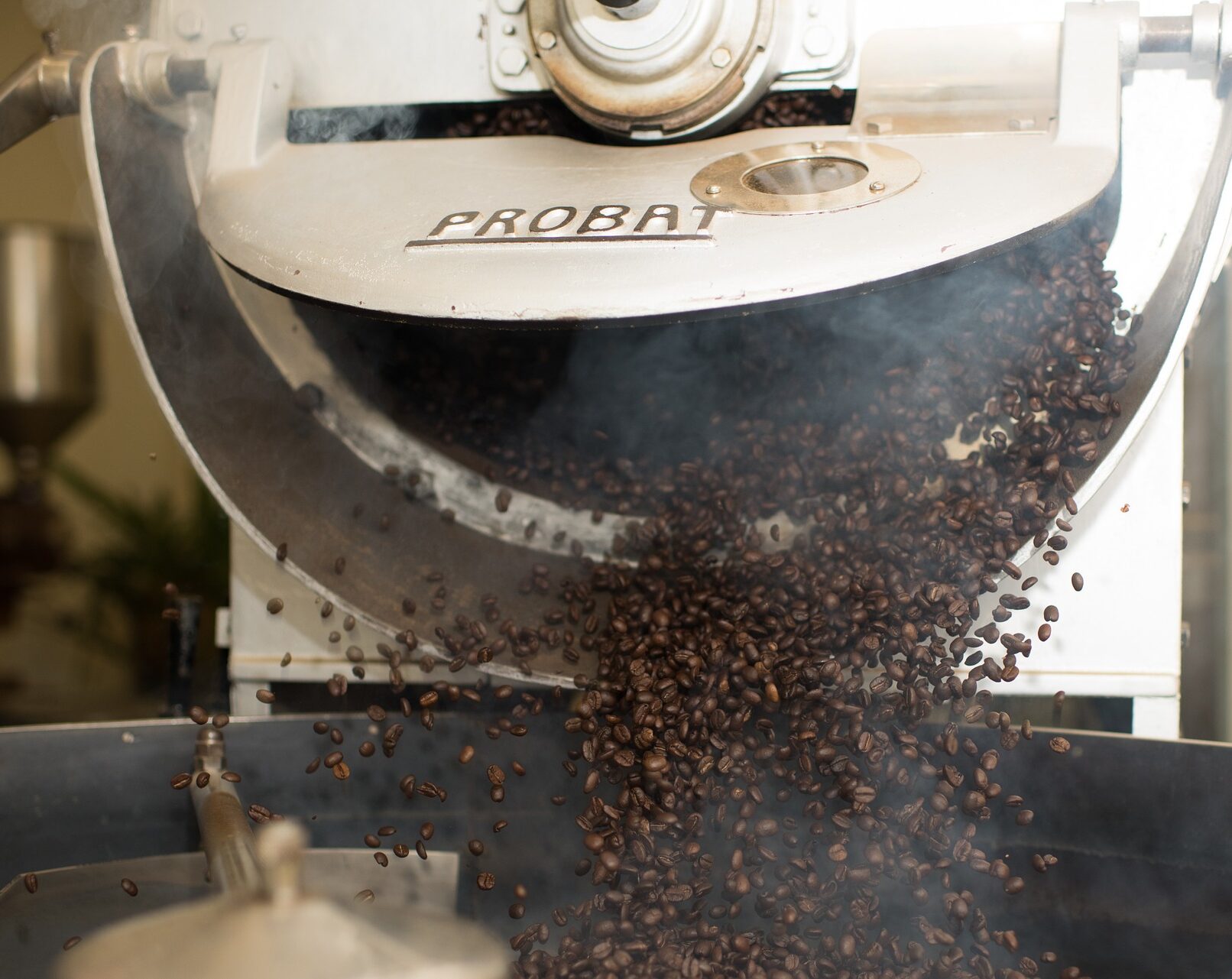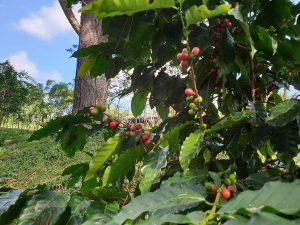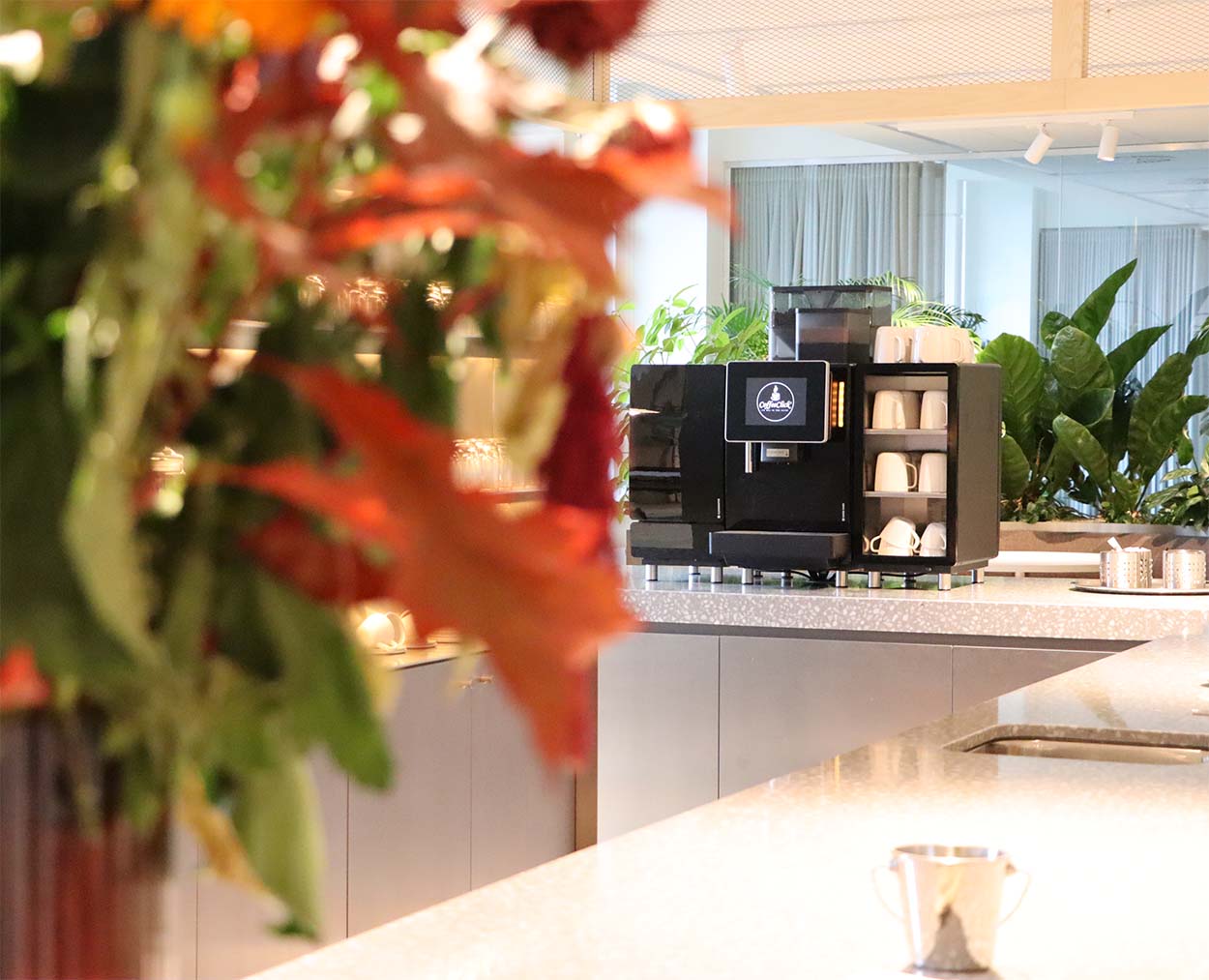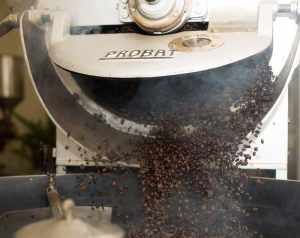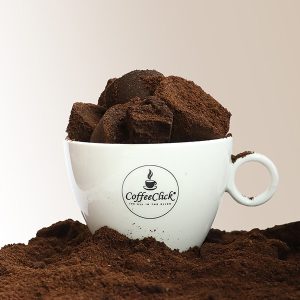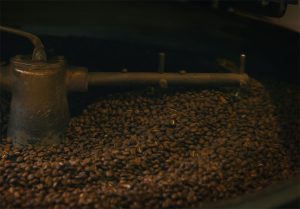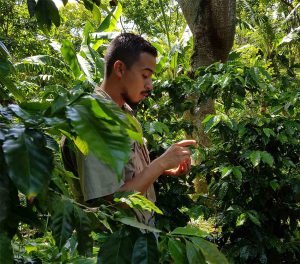At CoffeeClick, we love a good coffee story. Our journey through the world of coffee has already taken us to faraway places. Today we want to take you to the highlands of Ethiopia and the warm plains of Sub-Saharan Africa. In these areas grow the coffee plants Arabica and Robusta. Well known to everyone, but what exactly is the difference?
How Robusta and Arabica differ from each other
Arabica and Robusta, the two dominant players in the coffee world, each have their unique characteristics. Both are widely represented in the market, but in what areas do they differ? Let's take a look.
The arabica bean
Arabica coffee is known for its delicate and varied flavor profile, often the favorite of true coffee lovers because of its subtle flavor nuances. These range from fruity and floral to sweet or sour, offering a complex and sophisticated coffee experience. Growing conditions play a crucial role in the development of these flavors.
Where do arabica plants grow?
Arabica plants thrive at higher elevations, averaging about 1,500 meters, such as in the foggy highlands of Ethiopia. The colder nights promote flavor development in the bean.
An interesting aspect of the Arabica coffee plant is its lower caffeine concentration. This is because the plant has less need to fend off parasites. These are less prevalent at these altitudes. Producing caffeine is a natural defense mechanism and this is why this plant has less caffeine. This is why it creates a mild flavor profile in Arabica beans. Less bitter, slightly sweeter and thus usually favored by coffee lovers.
Robusta: Strength and Resilience
At the other end of the spectrum, we find the Robusta coffee bean. Known for its robust and powerful flavor. This variety often has a more pronounced bitterness, making it an ideal choice for strong, intense coffee drinks. An espresso for a cappuccino, for example.
Where do robusta plants grow?
Robusta plants grow at lower altitudes than Arabica, usually up to 1,000 meters. The lower growing altitude means that the plants are more exposed to parasites, leading to a higher production of caffeine as a natural defense mechanism. This higher caffeine concentration is largely responsible for Robusta's strong and often perceived as harsh taste.
Price and Availability: a Matter of Supply and Demand
The cost of Arabica coffee beans is often higher than Robusta, due in part to more complex growing conditions. The higher altitudes and specific climate requirements make growing Arabica beans more labor intensive and limit the areas where they can be grown. This, combined with a lower yield per plant, results in a higher market price.
Robusta, on the other hand, with its greater disease resistance and more growing regions, has higher yields and is easier to cultivate. This makes Robusta a more cost-effective option, which is reflected in a lower price for consumers. Robusta is also commonly used in instant coffee for this reason.

Soft and sweet versus a powerful somewhat bitter taste
At CoffeeClick, we continuously develop new flavor profiles to optimize the coffee experience for our customers. Arabica offers balanced aromas and full, sweet flavors, often with fruity notes. Robusta is known for its rich, earthy and slightly bitter taste, adding the necessary spice to your day.
The CoffeeClick flavor profiles
Every business has its unique story, and at CoffeeClick, we love helping you tell that story with the right flavor. At CoffeeClick, our mission is to bring your coffee story to life. With a rich selection of 100% Arabica coffee, UTZ-certified and sustainably produced, we ensure that every cup of coffee adds value to your company's work atmosphere.
Dive into the world of fresh bean coffee at work with us and discover which flavor tells your company story!

Our delicious fresh coffee blends

Santa christalina
Origin: India, Africa, South America
Altitude: Between 800 and 1200 meters
Consists of: 3 components
Taste: Powerfully full, sweet, with a buttery smooth mouthfeel
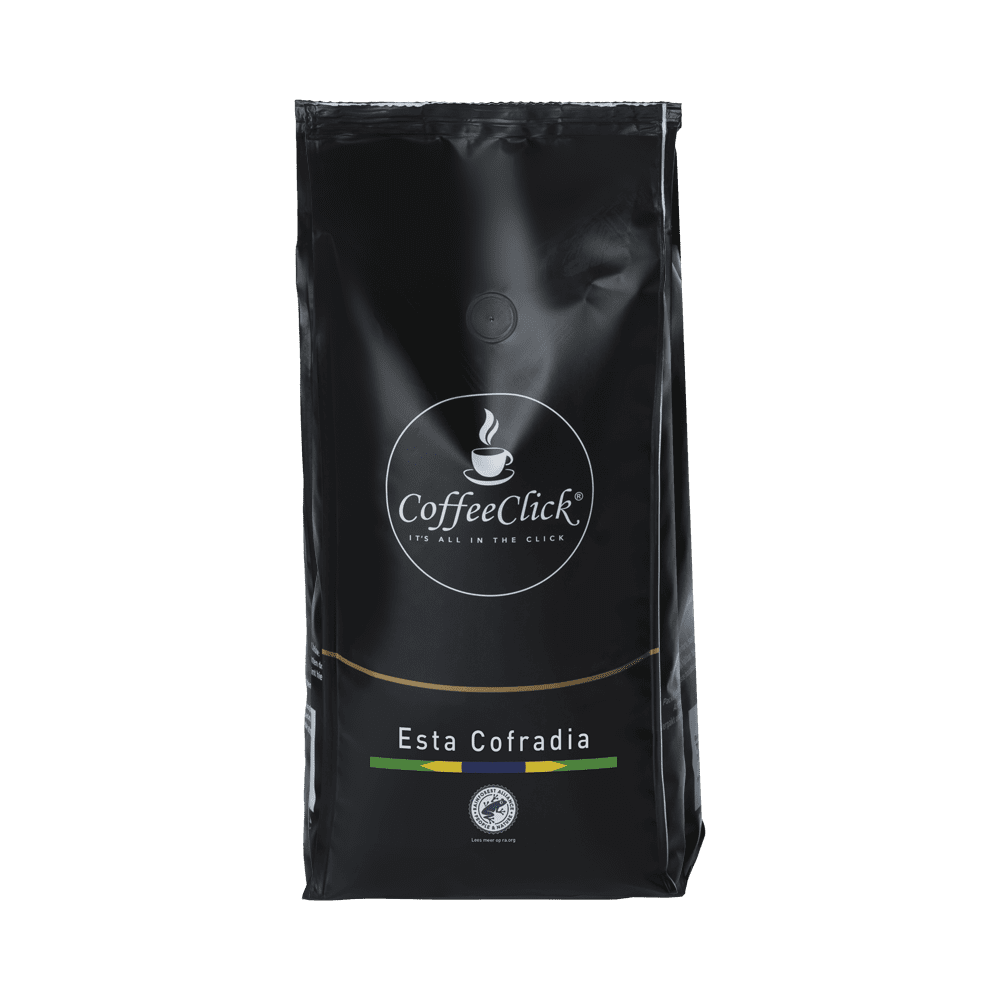
Esta Cofradia
Origin: Central and South America
Altitude: Between 900 and 1400 meters
Consists of: 3 components
Taste: Full and sweet with a bitter aftertaste
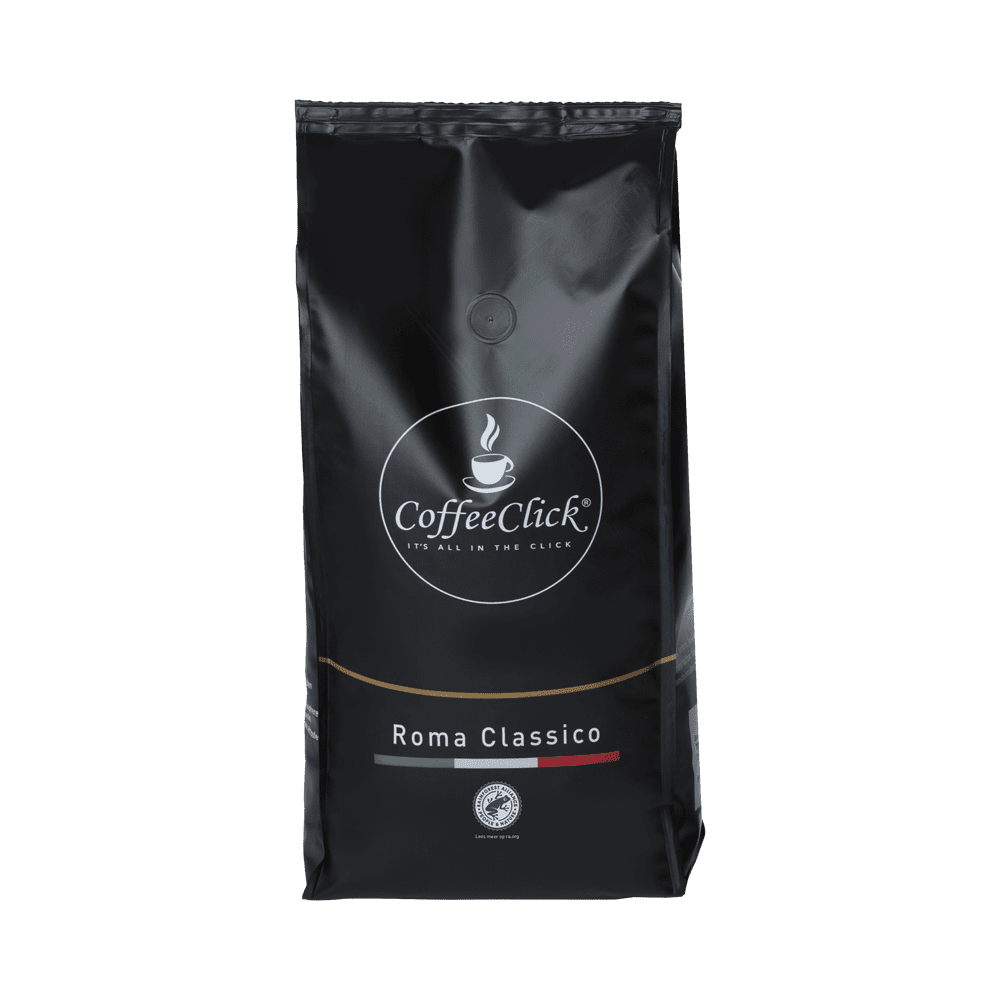
Roma Classico
Origin: Central and South America
Altitude: Between 900 and 1400 meters
Consists of: 2 components
Taste: Accessible, sweet and nutty with a creamy aftertaste
